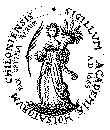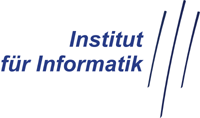Artificial neural networks are computing tools, modeled after the human brain in order to make its vast learning and data processing potential available to computers. These networks are known to be powerful tools with natural learning capabilities. However, learning the structure and synaptic weights of an artificial neural network to solve a complex problem can be a very difficult task. With a growing size of the required network the dimension of the search space can make it next to impossible to find a globally optimal solution.
We apply a relatively new method called EANT2 to develop a network that moves a robot arm in a visuo-motor control scenario with the goal to align its hand with an object. EANT2 starts from a simple initial network and gradually develops it further using an evolutionary method. On a larger scale new neural structures are added to a current generation of networks. On a smaller scale the current individuals (structures) are optimised by changing their parameters. Using a simulation to evaluate the individuals a reinforcement learning procedure for neural topologies has been realised. We present results from experiments with two types of optimisation strategies for the parameter optimisation. It is shown that while the original evolutionary method, EANT, has the
advantage of realising cascaded learning at a smaller scale, the new CMA-ES based method EANT2 achieves better convergence in the parameter space.





